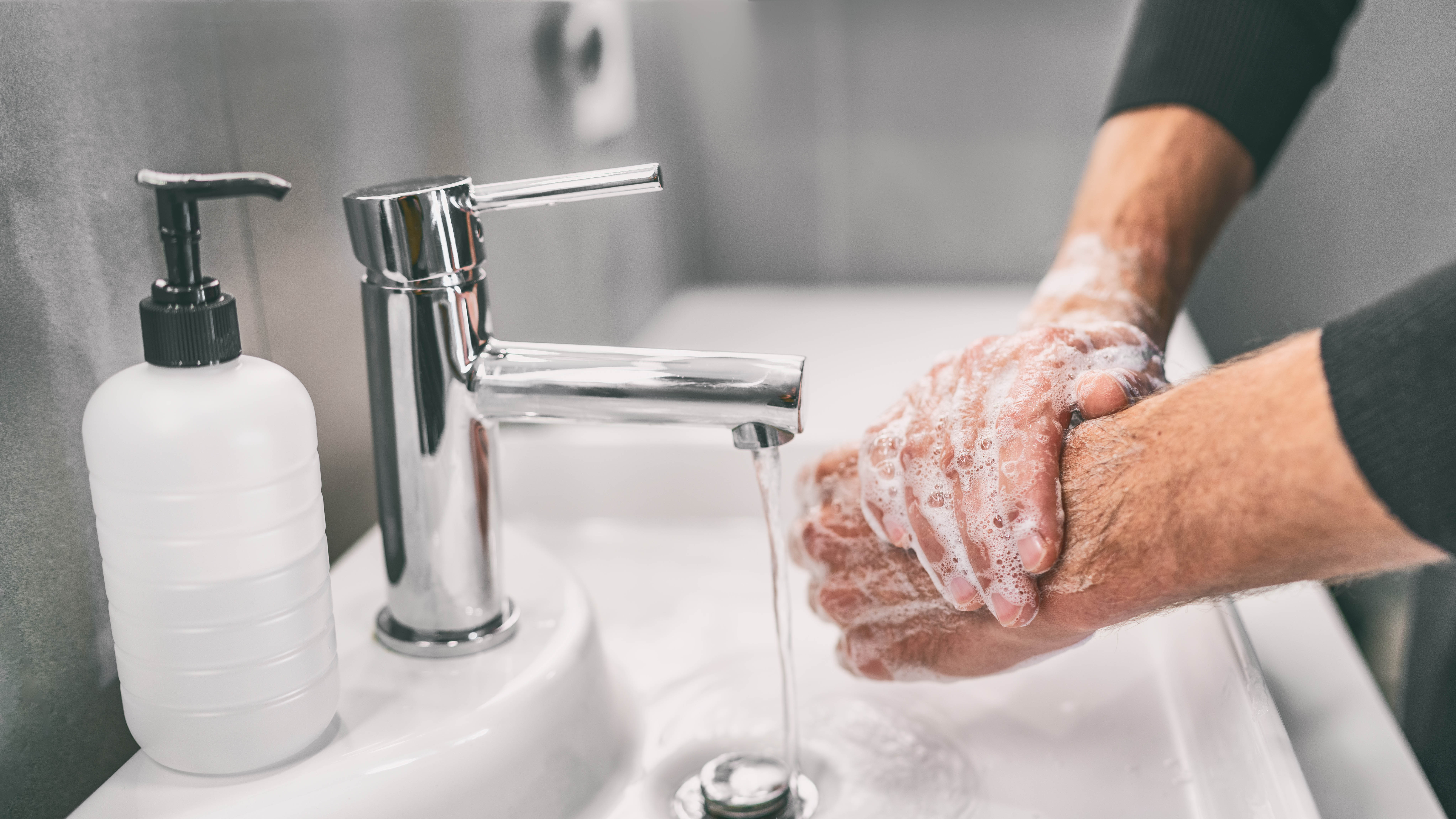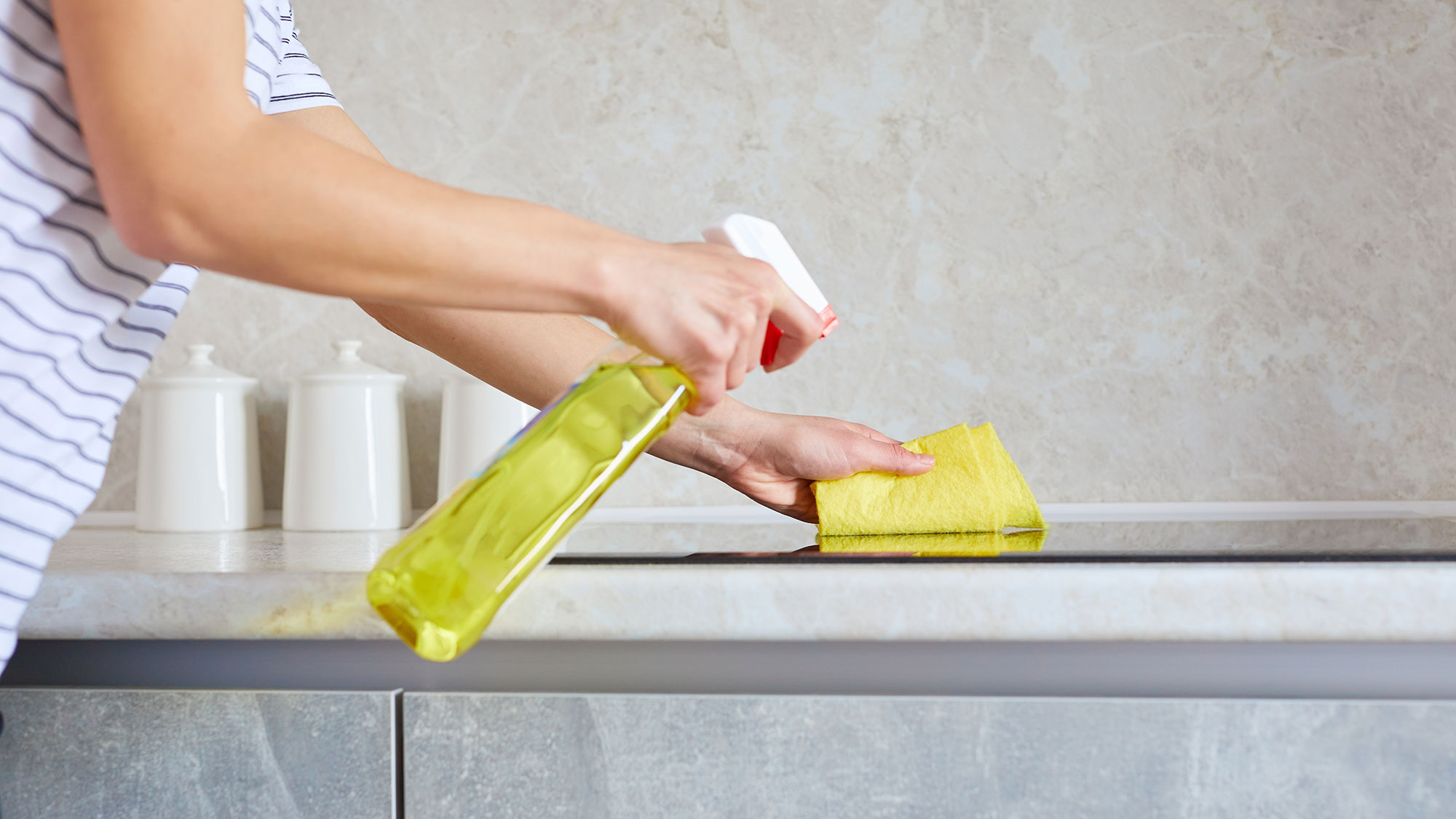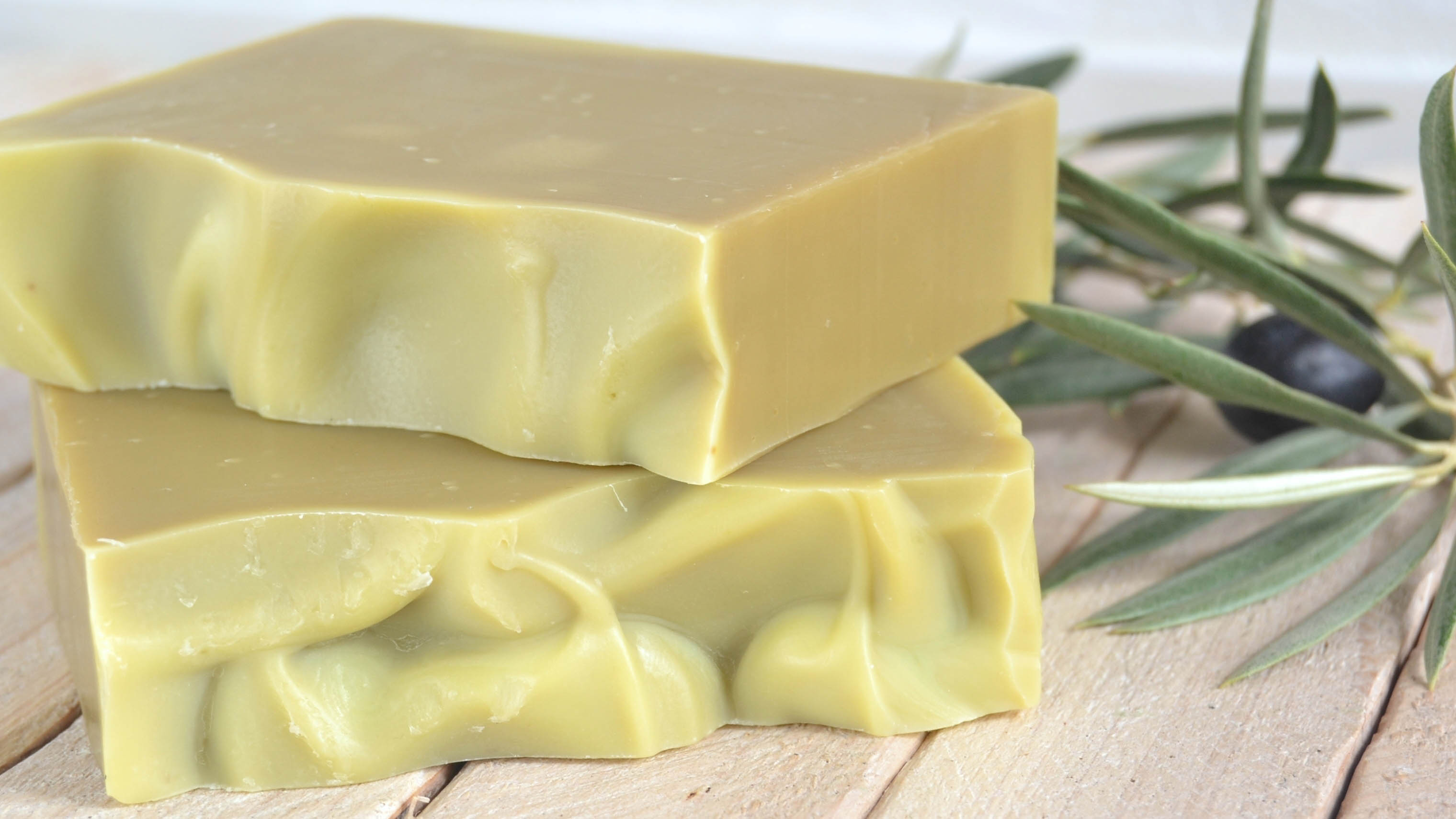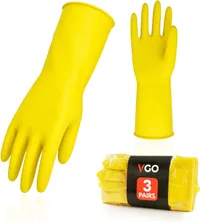5 clever ways to use Castile soap around your home
Things you probably didn't know you could clean with Castile soap

There’s nothing quite like the sense of satisfaction you'll get after rolling up your sleeves and giving your house a proper deep clean. But, if you have a different household cleaner for each room, you causing unnecessary clutter. One way to cut down on cleaning products is to find one that can handle various tasks.
Castile soap — made from plant-based oils — is ideal for keeping your house spotless without the harmful chemicals. Similar to household ingredients such as baking soda and white vinegar, this make a great natural solution.
We asked two cleaning experts to share their top tips on ways to use Castile soap around the house.
What makes Castile soap so versatile?
Castile soap is a gentle alkaline cleanser made from vegetable oils such as olive, coconut, avocado, hemp, or jojoba. With no added chemicals, Castile soap is gentle enough to use both on your body and around your house. “Castile soap is made from natural ingredients, making it a healthier choice for both homes and the environment compared to chemical cleaners,” explains Marla Mock, president of Molly Maid, a Neighborly company.
“Soap is the essential cleaner, and Castile soap is the simplest of all soaps,” says Lisa Bronner, consumer expert for Dr. Bronner's. “It’s readily biodegradable, so it won’t cause problems with your septic system.” If you live in a rural area, this is especially important because the overuse of chemical cleaners like disinfectants, laundry powder, and oven cleaners can disrupt the healthy bacteria in your septic tank that work to break down waste.
“Castile soap can be used in various household tasks, from cleaning floors to laundry, offering an all-in-one solution,” adds Mock.
Dr. Bronner's Pure Castile Liquid Soap: $16 @ Amazon
Made with Regenerative Certified Organic Oils, this makes a great, eco-friendly product. Primarily used as a body wash, it also boasts 18 other uses, including the tips we'll mention below. It's also free from additives and dyes, so safe to use around the home.
5 ways to use Castile soap
1. Hand soap

Castile soap is primarily meant for use on the skin, making it a gentle and effective hand soap option. “I keep Castile soap in a foaming pump by my sink,” says Bronner. She mixes one part soap to three parts water to create this foaming hand soap.
Get instant access to breaking news, the hottest reviews, great deals and helpful tips.
Castile soap is often available with added scents, so you can still enjoy fresh-smelling hands even when you switch over from store-bought hand soap.
2. Dog shampoo

Dogs can be sweet and snuggly — but just as easily they can get a little too stinky. There are dozens of pet shampoos on the market promising to make Fido smell like a bouquet of flowers, but Castile soap can clean your pet without any added ingredients that could harm them.
“Castile soap works great for dogs,” states Bronner, who uses it to wash her own dogs. “I like to match the scent to my dogs’ personalities.” She recommends pre-diluting the soap with water, especially for dogs with shorter fur that can be harder to lather. To make ready-to-go dog shampoo, Bronner recommends mixing a ratio of one part Castile soap to 10 parts water in an old soap bottle. “If you’re washing a cat, we recommend using the unscented Castile soap,” she adds. That advice applies to dogs with sensitive skin as well.
3. All-purpose cleaner

Castile soap can also be used as a multi-purpose cleaner. “Soap can clean any surface,” says Bonner. “If all you had was a bottle of soap and a washcloth, you could wet it and clean with it.” To make an all-purpose cleaning spray, she suggests mixing two tablespoons of Castile soap in a 16-ounce spray bottle of water. She also uses her foaming bottle of Castile hand soap to clean her home by pumping the soap onto a cleaning cloth.
In addition to everyday surfaces like kitchens and bathrooms, Castile soap is ideal for delicate surfaces. “When cleaning natural stone surfaces, Castile soap is often chosen because it won’t damage the delicate surface,” explains Mock. “Apply the soap with a little warm water and wipe gently with a microfiber towel or cloth. Its natural formulation ensures a safe and effective clean without the risk of surface damage.”
4. Floor cleaner

If you're out of floor cleaner, why not opt for Castile soap instead? “Castile soap is often used for cleaning floors,” said Mock. “It’s simple to use and effectively removes dirt.” Since it doesn’t contain chemicals, it won’t leave a residue when it dries, so your floors will stay looking clean for longer.
Bronner recommends mixing two tablespoons of Castile soap in a gallon of hot water and using a regular mop to clean your floors. For smaller areas or spot cleaning, she advises making a cleaning solution of two tablespoons of soap to a quart of water in a squirt bottle.
Mock’s method is similar. “To use, mix 1/4 cup of Castile soap with a bucket of hot water, then mop as usual,” she says. “The soap’s natural properties make it an easy yet thorough cleaner for all types of floors.”
5. Laundry detergent

You can also use Castile soap to clean your clothes in your washing machine. “It's a good alternative to chemical-laden detergents and leaves clothes clean without harsh additives,” says Mock. “Use it as a direct substitute for detergent by adding 1/6 cup of Castile soap to the washing machine's water. You can also use it to pretreat stains.”
Bronner recommends Castile soap as an alternative laundry detergent as well. “For high-efficiency machines, use 2 to 4 tbsp soap per load, depending on the grubbiness,” she advises. “You can also add 1/4 cup baking soda as a deodorizer.”
It’s never recommended to mix an acid, like vinegar, with an alkali, like Castile soap, because it will cause the oil to separate. However, if you have a washing machine with separate compartments for detergent and fabric softener, you can use vinegar to keep your clothes soft.
“Fabric softener doesn’t biodegrade,” says Bonner, and it can also leave a residue on your clothes. “Vinegar works well to soften fabric, and because there are two different compartments, you can put soap in one and 1/2 cup of vinegar into the fabric softener compartment to soften clothes without leaving a vinegar smell.”
Reusable Rubber Household Gloves: $29 @ Amazon
If you often forget to buy rubber gloves, it makes sense to buy them as a pack of three to keep your hands protected from prolonged exposure to cleaning materials (even soap!) so we'd recommend stocking up.
Tips for cleaning with Castile soap

Ready to get started with your new favorite cleaner? Check out these top tips we gathered from our two experts before you begin.
- Remember to dilute “While Castile soap is gentle, it's still concentrated,” Mock says. “For floor cleaning, dilute 1/4 cup of soap per bucket of water, and for laundry, use 1/6 cup per load.”
- Test it first “Although it’s safe for most surfaces, you may want to test Castile soap on a small area of natural stone or other delicate surfaces before full use to ensure compatibility,” Mock advises.
- Be cautious “The thing about soap is that it is alkaline, so it will bother your eyes,” Bonner says. “So be careful about not getting soap in your eyes,” whether you use it for personal cleansing or to clean your house.
- Consider other uses “Cleaning makeup brushes is something we often overlook,” says Bonner. “Cleaning them with Castile soap will not degrade them because it’s so gentle.”
- Some substances don’t mix “Be cautious not to mix Castile soap with acidic substances like vinegar, as this can result in a curdled solution that may leave residue on surfaces,” Mock says.
- …but some substances do “Sometimes you need a bit of a scrub if you have soap scum or baked-on dirt,” Bronner says. “Baking soda gives you a nice abrasive,” and it’s safe to mix with Castile soap.
More from Tom's Guide
- How to clean a microfiber cloth
- Why you should always descale your coffee maker
- How to clean a dishwasher

Catherine Hiles has over a decade of experience writing and editing on various topics, including home improvement, personal finance, home finances, pet ownership, and parenting. Her work has been featured on BobVila.com, TIME Stamped, The Penny Hoarder, and more. In her spare time, Catherine enjoys running, reading, spending time with her kids and dogs, and tackling projects around the house.


